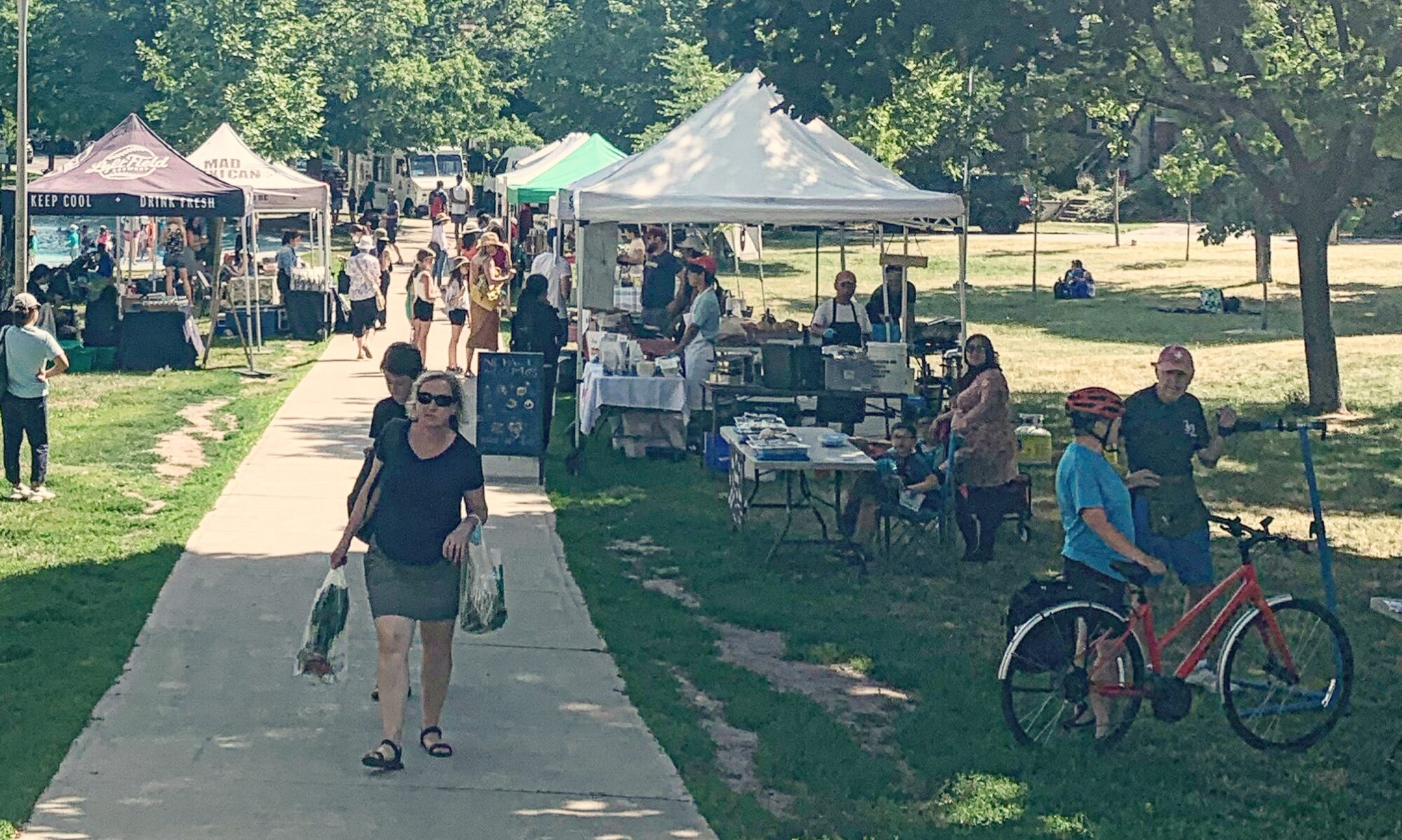Thank you to Julie Graham for this post about the tropical birds we can spot in our back yards!
Keep your ears open while walking and your eyes on the treetops while not, and right now you may well see tiny, flitting birds working the leaves in any good-sized tree. Get your old binoculars out and you’ll more easily see flashes of brilliant yellow and orange.
These are migrating warblers, and warm southerly winds brought a huge wave of them in to Toronto on May 3 just before our first thunderstorm of the year. There are dozens of kinds of these little birds in eastern North America, and many are long distance migrants who return to us from the southern US, the Caribbean, Mexico, and South America. Many are just passing through the Great Lakes en route to our northern boreal forests, whose moist, treed and buggy expanse is a perfect place to raise the next generation. But some will stay with us in Southern Ontario through August and September before turning south again.
Between 7 and 9 each morning in late spring, the sun stirs the bugs and these famished travelers get to work. Their songs aren’t as sweet or as strong as their names might imply, but their high pitched, delicate songs are worth a listen and can help identify these restless birds. Birders from all over the world consider the Great Lakes a gold mine for wood warblers, and thanks to the many mature trees in our city parks, ravines, streets and backyards, we have lots of opportunity to see birds that are a rarity for most of the world.
An hour in Monarch Park Friday morning found these warblers:
black and white; blackburnian; yellow rumped; palm (running over the grass, no less); black throated green; Nashville; chestnut sided; and blackpoll.
In addition, look for white-crowned and white-throated sparrows as they too pass through for the north. Woodland birds like hermit thrushes will also pop up in your backyard at ground level; they are easy prey for cats during the long, tiring journey of migration so try to limit your cat’s daylight outdoor time through the spring.
If you need help identifying birds, check out Cornell University’s online guide.
Dog walkers and other semi-early risers should luck out with some good sightings, but be prepared to crane your neck and to spend a little time concentrating on what you’re seeing and hearing. Take a little time to wonder at tiny creatures who weigh only a few grams and yet manage to make a journey of thousands of kilometres not once but twice a year. And all they ask of us are trees, clean air and water, and a little space.


